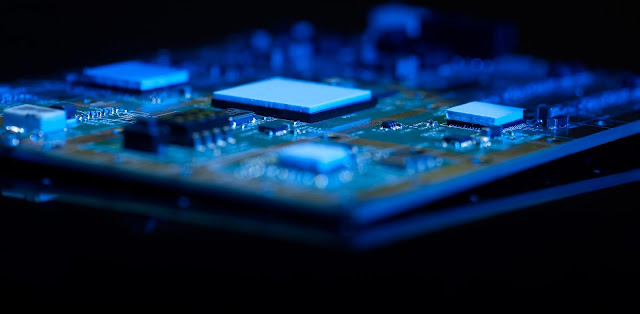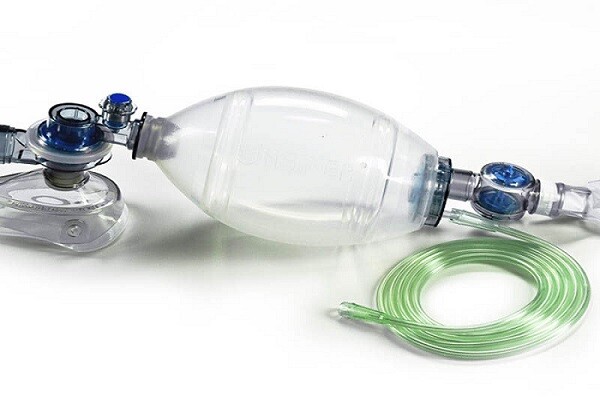Thermal Interface Materials: Enabling Heat Dissipation in Electronics
 |
| Thermal Interface Materials |
The
continuous evolution and miniaturization of electronic devices has pushed the
limits of heat dissipation and thermal management. As component density
increases and sizes decrease, excess heat generated during operation poses
serious risks if not transported out efficiently. This is where thermal
interface materials play a vital role by facilitating heat transfer between
components.
What are Thermal Interface Materials?
Thermal
interface materials
(TIMs) refer to any material designed to fill air gaps and promote thermal
conduction between two solid surfaces. They provide a thermally conductive path
to draw heat away from heat generating sources like processors, graphics cards,
and power delivery components to heat sinks and heat exchangers. Without a
proper TIM, the air gaps act as an insulator reducing heat transfer
drastically. Common TIMs include greases, gap pads, phase change materials, and
thermally conductive adhesives.
Importance of Thermal Interface Materials
The importance of TIMs cannot be overstated in electronics thermal management.
As device wattage increases with each new generation, efficient heat
dissipation away from hot spots becomes critical. Excessive temperatures can
severely impact performance, reliability and lifespan of components. Some key
impacts of inadequate thermal interface include:
- Increased junction temperatures lead to thermal throttling where processors
downclock speeds to maintain safe operating temperatures. This degrades
performance.
- Hot spots cause uneven heating which can lead to warping of components out of
alignment over time due to differences in coefficient of thermal expansion.
- Excessive temperatures accelerate aging and breakdown of solder joints and
interconnects. This negatively impacts reliability and reduces usable lifetime.
- In extreme cases, overheating can cause permanent damage to circuitry from
heat related failures if thermal shutdown thresholds are exceeded.
By filling microscopic air gaps, TIMs reduce thermal resistance enabling more
heat to flow out to external cooling solutions. This keeps critical components
within safe thermal design windows allowing them to run at optimal speeds.
Common Thermal Interface Materials
Greases: Thermally conductive greases are the most widely used TIMs. They have
a paste-like consistency and high viscosity which enables them to fill uneven
surfaces and air gaps easily. Greases also handle component flexing and
component replacement well. However, they tend to migrate or dry out over time
reducing performance.
Gap Pads: Thermally conductive gap filling pads are solid and phase change from
rubbery to rigid as they are compressed during installation. They maintain a
thin bonded interface but cannot self-heal if interface is compromised. Gap
pads offer durability but may leave small voids compared to greases.
Adhesives: Thermally conductive adhesives form strong metallurgical bonds
between surfaces. They offer durability and prevent shifting over multiple
thermal cycles. However, application can be messy and they cannot be reworked
easily if removed. Adhesives require very clean, flat mating surfaces for
optimal contact.
Phase Change Materials: PCM TIMs undergo reversible phase transitions from
solid to liquid at certain temperatures to improve heat conduction. They
maintain low resistance even during component flexing but have limited
temperature operating range before melting point is reached. Selection of right
PCM for application is important.
Applications of Thermal Interface Materials
With different properties, various TIMs fulfill requirements in different
applications:
- CPUs and GPUs: Greases are most common as they can fill rugged surfaces and
handle stresses of clamping without sacrificing performance long-term.
- Power Delivery Components: Gap pads provide thin, uniform bonds suited for
power modules and MOSFETs handling frequent power cycling stresses.
- LEDs and Laser Diodes: Thermally conductive adhesives form stronger bonds
suited for fragile optoelectronic packages requiring durability through thermal
shocks.
- ICs: Thin, low resistance greases or gap pads minimize thermal impedance for
high power density ICs without adding thermal mass.
- Avionics and Harsh Environments: Silicone based gap pads maintain flexibility
through wide temperatures ranges encountered in avionics and automotive.
- Server Racks: High performance thermal phase change materials maintain
integrity of tight gaps in crowded server racks.
Future of Thermal Interface Materials
The rapid pace of technology advancement brings new challenges for thermal
interface materials as well. Nanoparticle filled greases with thinner bonded
interfaces <10um are being developed to minimize resistance. Conductive
adhesives utilizing graphene and CNT fillers push the boundaries of thermal
conductivity. Liquid metal TIMs like gallium and indium alloys offer
unprecedented performance but require special considerations for compatibility.
As device densities increase with adoption of 3D packaging and multi-chip
designs, anisotropic interface materials able to conduct preferentially in
desired directions will become important. Development of self-healing, electrically
insulating TIMs able to autonomously repair interface damage also shows
promise. With continual innovation, thermal interface materials will remain a
crucial part of solutions ensuring electronics performance, reliability and
longevity in the years to come.
Thermal interface materials play a vital role in heat dissipation from modern
high-power electronics. By filling microscopic gaps, they facilitate thermal
conduction to external cooling solutions. With different types available,
selecting the right TIM suitable for the surface topology, stresses involved
and thermal requirements is important. Ongoing research brings new materials to
address future challenges. Proper selection and application of thermal
interface materials thus remains a cornerstone of effective thermal management
strategies.
Get more insights on this
topic: Thermal
Interface Materials



Comments
Post a Comment